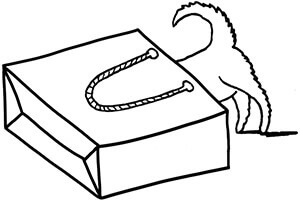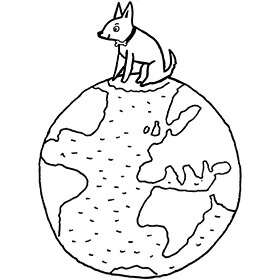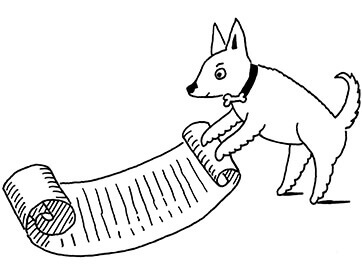-

Your Shopping Bag is empty

The Responsible Choice
Buying antique jewellery is both ethical and eco-friendly as harmful and destructive mining processes are not needed to make an item yours.
Find Out More

 Free Australia Shipping
Free Australia ShippingThis type of pendant was popular in the EdwardianJewellery made in the Edwardian era (1901-1914). More period, circa 1910-1920. It is enamelled in a subtle and beautiful blue grey. It has a small flower spray applied in platinumDerives from the Spanish word 'platina' meaning 'little silver'. Acknowledged since the 1900s, platinum's durability and natural brightness has been and still is today highly treasured A metallic element prized for its rarity, whiteness, high tensile strength and insusceptibility to corrosion, platinum first became widely used in jewellery in the late ninete... More and set with tiny rose diamonds and a natural pearlA pearl-bearing mollusc that has not been tampered with by man to produce a cultivated pearl will produce a 'natural pearl'. More, with a drop pearlNatural pearls are an organic gem formed inside live mollusc shells and come in all shapes and sizes. They are formed as the result of a natural irritant within the mollusc's mantle and as a defence, layers of iridescent nacre form over the top of it, creating a pearl. More at the base of the pendant. It is 15ct62.5% pure gold (or 625 parts pure gold and 375 parts other metals). Popular during the Victorian, Edwardian and Art Deco eras but was discontinued in the mid-1930s. More gold and has a locket back and the original 15ct gold chain.
The Details
Buying antique jewellery is both ethical and eco-friendly as harmful and destructive mining processes are not needed to make an item yours.
Find Out More


We always stand by our five core principles:
Quality, Rarity, Expertise, Peace of Mind and Personal Touch